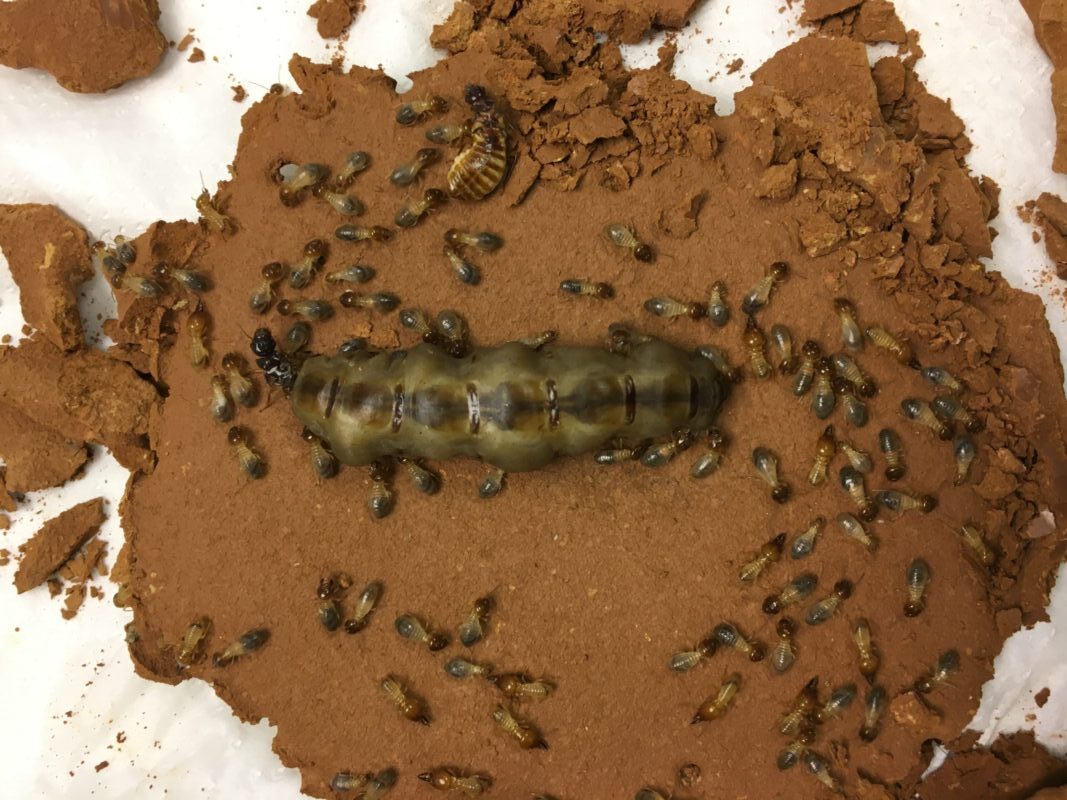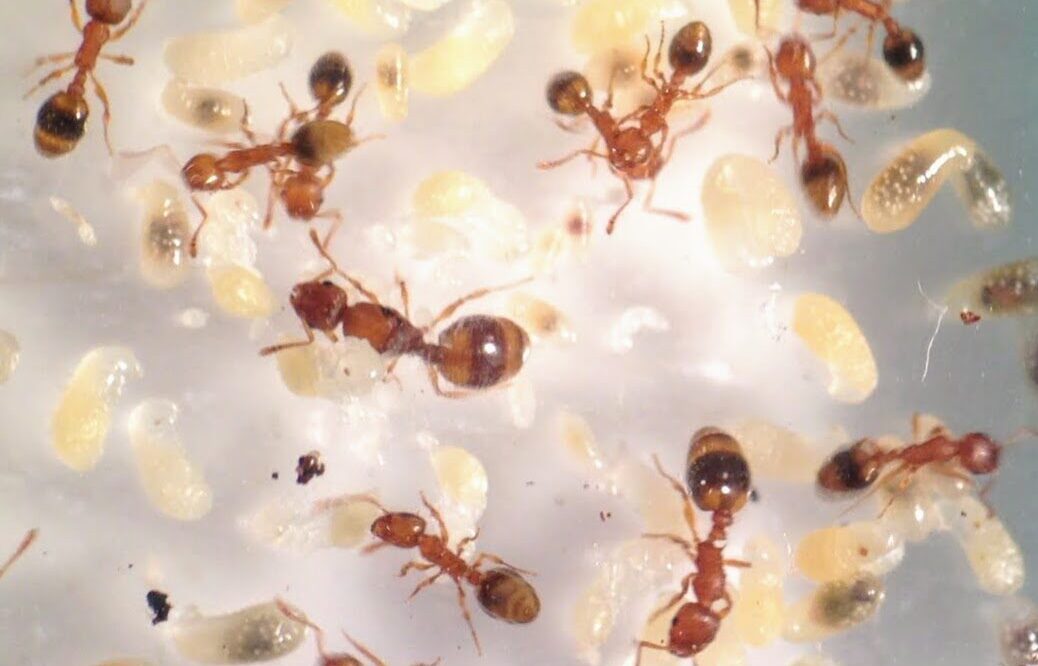Reproductive and worker castes of termites differ greatly in their morphology and behavior but also in their fertility and longevity. Kings and queens of the highly social termite, Macrotermes natalensis, live for decades, with the queen laying thousands of eggs per day. Workers are sterile and only live a few weeks. In our HFSP project, we investigated the regulatory mechanisms involved in generating such diverse phenotypes. Our previous results indicate that well-regulated transcription allows reproductive castes to overcome simultaneously several well-known hallmarks of aging.
Lire la suite / Read more
Kings and queens of social termites can live for decades, while queens sustain a nearly maximal fertility. We found that they defy aging by multiple gene expression and metabolic changes, while permitting extreme fertility in queens.
Lire la suite / Read more
As part of a partnership with the City of Paris, several members of the laboratory (Basile Finand, Céline Bocquet, Pierre Federici, Thibaud Monnin et Nicolas Loeuille (“EERI” Team of “DCFE” Department and “ESEAE” Team of “EcoEvo” Department) sample the soil fauna and in particular the ants in the Parisian green spaces. To popularize and explain this […]
Lire la suite / Read more
Urban and forest colonies of the ant Temnothorax nylanderi respond differently to pollution?
Lire la suite / Read more
We were saddened to learn on this the 1st day of September that our colleague and friend Christian Peeters, CNRS senior scientist at iEES-Paris, had passed away.
Lire la suite / Read more
Social groups consist of individuals that differ from one another, and many studies show that this diversity improves group efficiency. In social insects, size diversity can, for example, improve the efficiency of foraging, nest building, brood rearing and production of young queens. Thus, colonies that re more diverse are generally also more efficient. Romain Honorio […]
Lire la suite / Read more
2 Youtube channels were created during the confinement by Christian Peeters, DR CNRS. Secrets of ants Ant Life Secrets of ants Ant Life
Lire la suite / Read more
Team news Team publications Team members The aim of the ESEAE team is to understand how social life influences the mechanisms of evolution and adaptation of social species, their biodiversity, and their interactions with other species. Environmental changes are a central theme. Our biological models are mainly termites and ants. We use an integrative approach […]
Lire la suite / Read more
City life could lead to differential evolution between urban and forest populations. Aurelie Khimoun and her collaborators showed, in their article published in Biology Letters, that urban populations of the tiny acorn ant are surprisingly not genetically differentiated from forest populations, suggesting expansion and lack of isolation. However, some genes display traces of selection that point towards an adaptation to the urban environment.
Lire la suite / Read more








